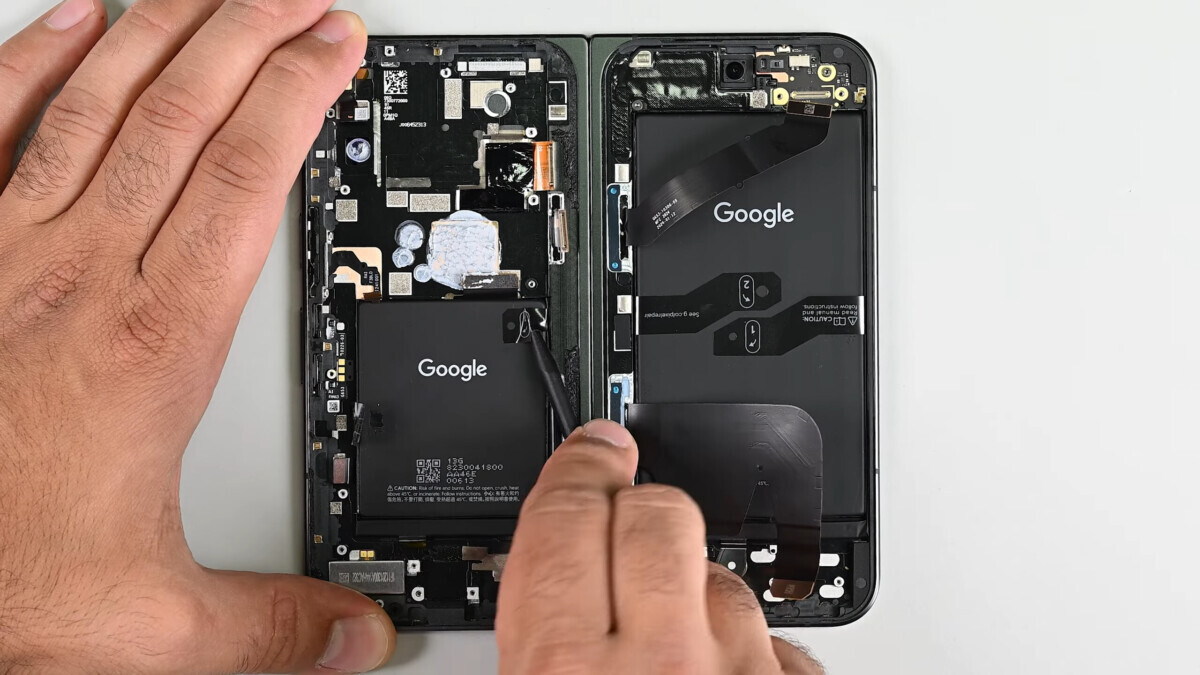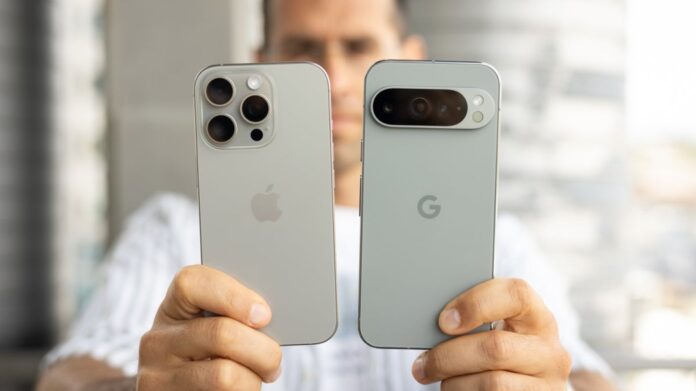A recent report from Nikkei reveals the bill of materials (BOM) for Google’s Pixel 9 Pro and Apple’s iPhone 16 Pro, presenting the cost of raw components needed to build each device. Both smartphones retail for around $1,000, but the Pixel 9 Pro’s BOM is roughly $406—significantly lower than the iPhone 16 Pro’s $568 BOM. This disparity reflects each company’s approach to its hardware design, production, and pricing.
Breaking Down the Pixel 9 Pro: BOM
The Pixel 9 Pro’s BOM cost of $406 is driven by key components like Google’s in-house Tensor G4 chipset, which costs $80, and the Samsung-made M14 display, priced at $75. Additionally, the Pixel’s high-quality camera components contribute $61, a critical investment for Google as it continues to prioritise photography. Interestingly, the Pixel 9 Pro’s BOM is about 11% lower than its predecessor, the Pixel 8 Pro, highlighting Google’s efforts to streamline costs with each new model.

This year, Google launched the Pixel 9 series earlier, aligning its release more closely with Apple’s iPhone 16 series. This strategy appears successful, with strong Pixel 9 sales indicating that the Pixel is becoming a formidable competitor in the premium smartphone market.
Apple’s Hardware Investment
The iPhone 16 Pro’s BOM sits higher at $568, with Apple’s A18 Pro chip costing around $135, nearly double the price of Google’s Tensor G4. This substantial chip cost reflects Apple’s commitment to high-performance processing power, a key differentiator between the iPhone and other flagship smartphones. The M14 display on the iPhone 16 Pro costs $110, while its advanced camera components add about $91, underscoring Apple’s focus on high-quality visuals and smooth user experiences.
Compared to the Pixel 9 Pro, Apple’s BOM suggests a higher overall investment in premium materials and performance-oriented components. This approach aligns with Apple’s brand of offering top-tier hardware and user experience, justifying the higher production cost.

The Full Cost of Bringing Smartphones to Market
While the BOM provides insight into the core hardware costs, it represents just a fraction of what goes into a smartphone’s retail price. Factors such as research and development, marketing, shipping, and distribution significantly impact the final price tag. Apple and Google invest heavily in these areas to maintain their competitive edges. However, the BOM still serves as a useful snapshot, revealing each company’s strategic priorities and cost structures for their flagship devices. As smartphone technology advances, understanding these components offers a glimpse into the future of pricing in the high-end mobile market.
Stay tuned to Brandsnayrio for the latest news and updates









































